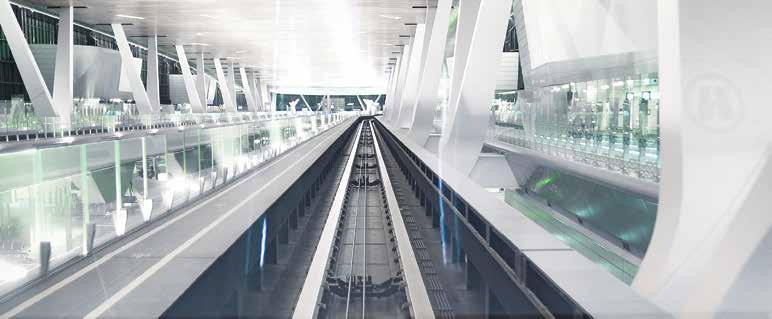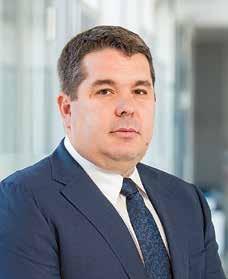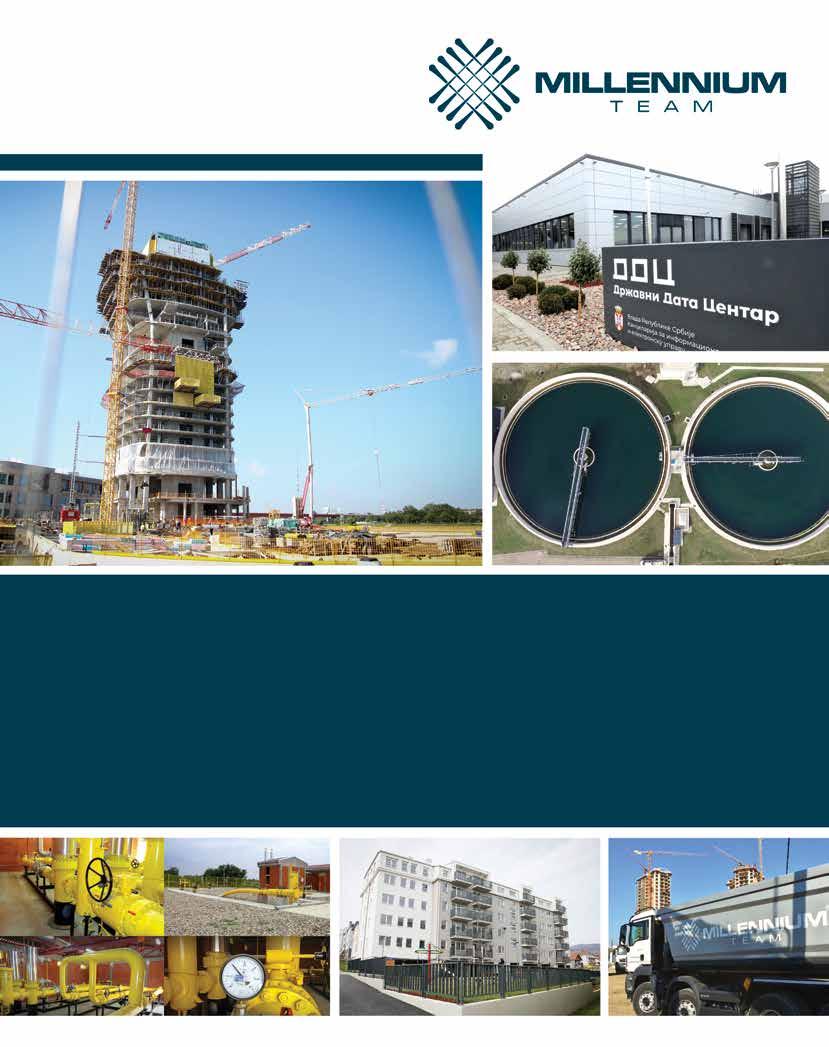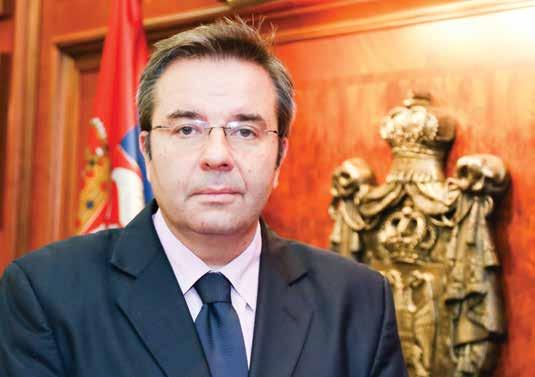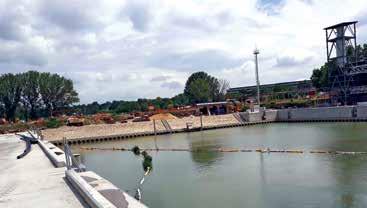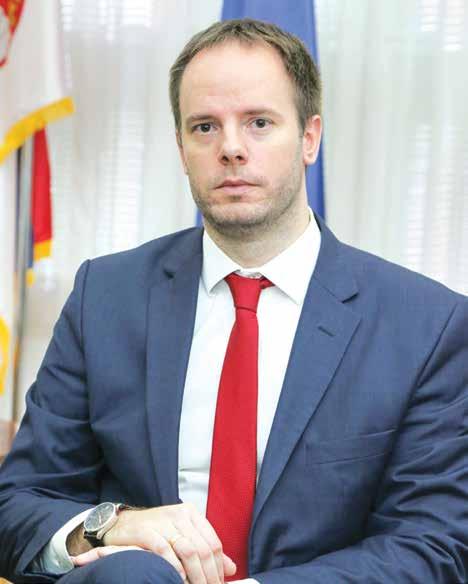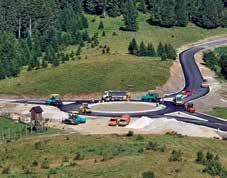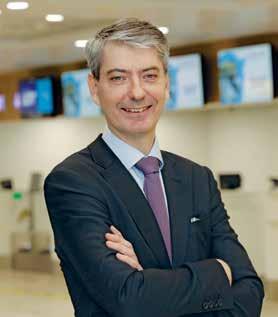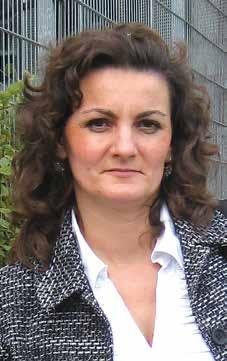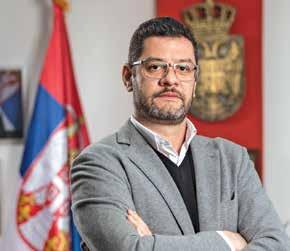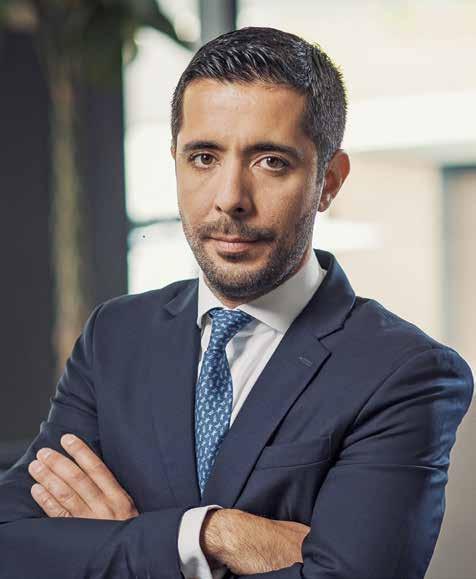CONSTRUCTION, TRANSPORT AND INFRASTRUCTURE 2021
INTERVIEW
ANITA DIMOSKI, ACTING ASSISTANT MINISTER FOR RAILWAYS & INTERMODAL TRANSPORT
Corridors Are Key To Reviving
PASSENGER AND CARGO TRAFFIC
Due to the nature of investment in the railway sector, it is necessary to have patience in order to see the effects of the implemented reform process. However, there's no doubt that railway corridors are key to the reviving of passenger and cargo traffic, and economic development generally.
S
erbia is one of the countries that has a key position on the map of trans-European transport corridors. And that’s precisely why the Government of the Republic of Serbia has defined its main priorities as being the development of the main transport routes, encompassing road, water and rail. The backbone of the railway network in Serbia is certainly Corridor X – one of 18
the Pan-European Railway Corridors that was defined in Helsinki in 1997. In regard to this corridor, the first strategic goal of the Republic of Serbia is to establish high-quality and interoperable railway infrastructure with high-performance on the railway lines that comprise Corridor X. The total value of funds secured for the implementation of projects on these lines exceeds 2.5 billion euros. Works are currently being carried out within the scope of the Belgrade-Budapest project, on the section from Belgrade to Novi Sad, which is planned for completion by year’s end 2021. During 2022, a two-track railway line able to handle speeds of up to 200kph will be established for traffic. The continuation of works, from Novi Sad to the border with Hungary, is expected to start at the beginning of autumn. The reconstruction of the section from Niš to Brestovac will begin during the second half of this year, while the reconstruction of the railway line from Niš to Dimitrovgrad, together with the construction of a bypass railway around the city of Niš, will begin in the first half of 2022. It is necessary to stress that the Republic of Serbia received part of grants for these projects through European Union funds. In parallel with these activities, the Ministry of Construction, Transport and Infrastructure has secured grants from
the European Union for the preparation of documentation for the railway line from Stara Pazova to the border with Croatia and from Brestovac to the border with North Macedonia. These works are expected to be completed by year’s end 2022. When it comes to the remaining part of the railway from Belgrade to Niš, the Republic of Serbia is determined to establish a two-track railway for speeds of up to 200kph along the entire length of the route. The actual specifying of activities for this very important project are expected to come during the course of this year. The realisation of all these projects will lead to a reduction in transit travel times through our country. However, it is essential to keep in mind the effects and impacts that current works, and those that we’re yet to implement, have on railway passenger and freight traffic. Specifically, works on the section of the railway from Novi Sad to the border with Hungary are being carried out under a regime of the complete closure of traffic. This has impacted on the transit flows of freight, causing their redirecting to alternative routes through the territory of the Republic of Serbia, which are longer, have tracks that are in a poorer condition and have a lower capacity compared to the rail tracks along the corridor. With an awareness of that, we secured the required funds from the national budget and implemented



